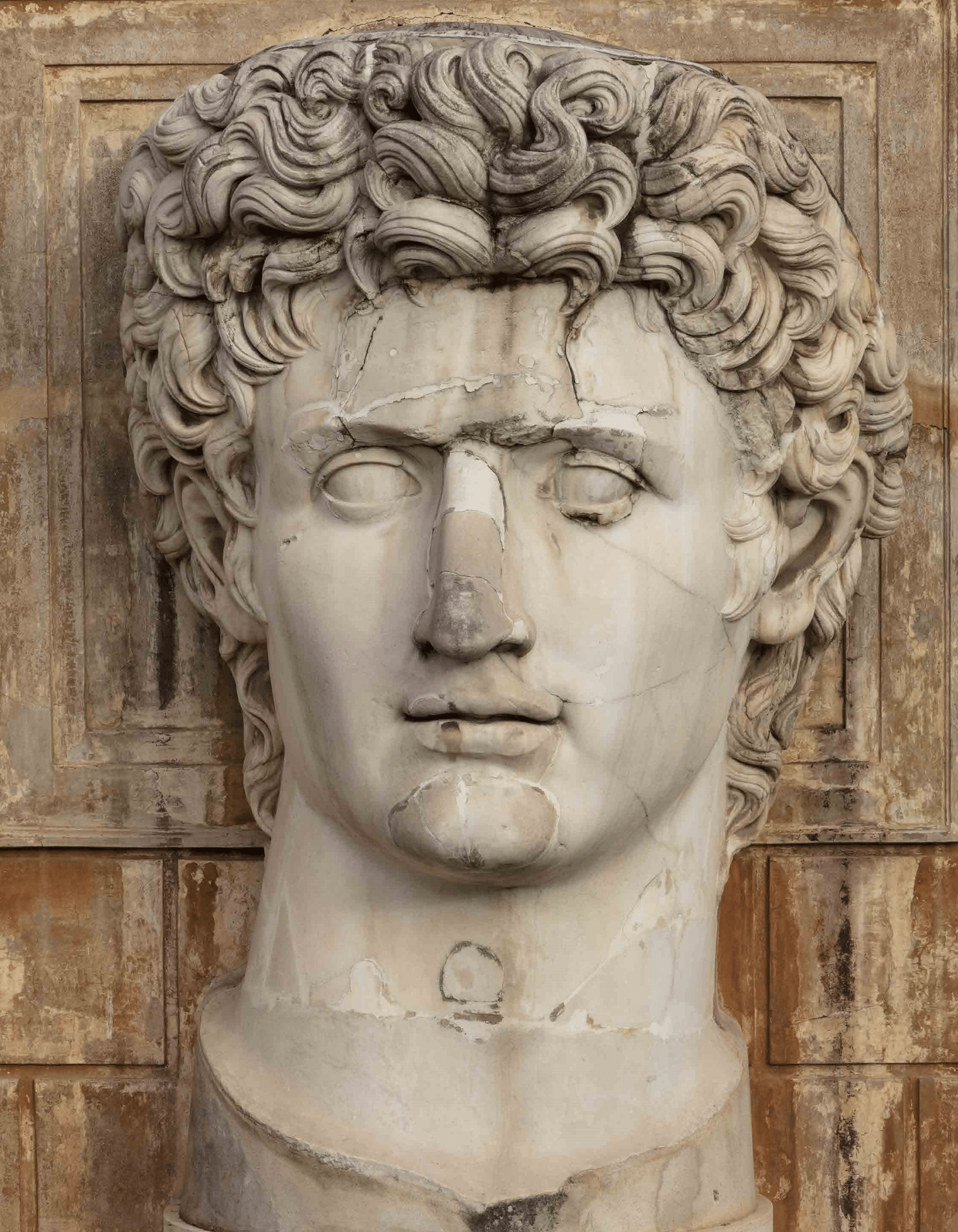Colossal Head
USD $227,175
Description
At the end of the XVIII century, the colossal marble head, already known since the XVI century, was recognized by Ennio Quirino Visconti as the gigantic face of Emperor Augustus. There have been many discussions about the identification of the ancient statue. Considering the size of the head, it must have been assembled from several separately worked portions and it must have reached ten meters. Colossal portraits of the first emperor, erected after his death in 14 A.D., are cited in literary sources, and imperial coinage. In particular, we remember the statue erected in 22 A.D. near the Theatre of Marcellus and the one located in the Forum of Augustus.
Surely, the head - found at the end of the XVI century on the Aventine, but perhaps was not kept there in Roman times - was purchased by Ciriaco Mattei.
Mounted on a modern bust and widely integrated, it adorned the Villa Celimontana, as testified by the catalog of the sculptural collection, Vetera Monumenta Matthaeiana, published between 1776 and 1779 by G.C. Amaduzzi and R. Venuti. The colossal head, without the XVI century bust, was purchased by Pius VII in 1802. It was placed in the Bramante Courtyard, along the outside wall of the Chiaramonti Gallery, only in 1824, after the completion of the Braccio Nuovo.
It is impossible to establish with certainty which monument of ancient Rome housed the gigantic sculpture. Only the head remained, a witness of the most colossal portrait of Augustus, that eternalized the Emperor in the hieratic pose of a god.
State of Preservation
The colossal head of Augustus Mattei is one of the most imposing works present in the Bramante Courtyard in addition to the bronze Pinecone. Due to its monumental size and its historical and archaeological importance, a preliminary study was deemed necessary. The Colossal Head of Augustus Mattei leans against one of the internal façades of the Courtyard (east side), adding an element of conservative interest related to the structural part of the monument.
Restoration Procedures
The previous multiple restorations must be identified and monitored to evaluate future procedures. In some cases, these past attempts considerably disfigure the aesthetic reading of the sculpture. The outdoor permanence severely exposed the statue’s marble surface. The biological patina present on the surface is also aesthetically disfiguring. With preliminary essays and some products of consolidation, a suitable restoration procedure will be adopted.

